Course Reviews
Discover the Underrated Golf Courses of Eastern Europe
Explore 33,000+ golf courses in 180 countries.
Follow the latest news and trends in golf.
Connect with like-minded golfers.
Find everything you need for your golf equipment and gear needs.
Travel, golf resorts, lifestyle, gear, tour highlights and technology.
All Square
Suggestions
Course Reviews
Discover the Underrated Golf Courses of Eastern Europe
Destinations
Top Bucket-List Events Every Golfer Should Attend
Course Reviews
Riviera Fairways: Glamour Golf in the South of France
All Square
Golf & Gastronomy: Pairing Michelin Stars with Perfect Swings
Abu Dhabi HSBC Championship
Aaron Rai’s Winning WITB at Abu Dhabi HSBC Championship
Clubs
Inside Ben Griffin’s Winning Bag at the 2025 WWT Championship
Clubs
The Most Popular Driver Shafts on the Market?
Destinations
Explore Adare Manor — 2027 Ryder Cup Destination
Course Reviews
The Best 36-Hole Golf Resorts Around the World
Course Reviews
The Best Golf Courses Near Pinehurst That Aren’t Pinehurst No. 2
DP World Tour
The Top 10 Greatest Upsets in Golf Tournament History
DP World Tour
Who Is the Best Driver of the Golf Ball So Far in 2025?
Course Reviews
Kytäjä Golf & Uni Villa: Finland’s Lakeside Golf Retreat
Course Reviews
Golf Trip to Oman
DP World Tour
The Top European Golfers of All Time
Clubs
Michael Brennan’s Breakthrough Victory at the Bank of Utah Championship
Clubs
Who Is the Best Wedge Player on Tour So Far This Season?
Clubs
The Best Drivers and Fairway Woods on the Market
Course Reviews
Terras da Comporta: Portugal’s New Golf Destination
Course Reviews
The New Wave of Short Courses
Course Reviews
The Els Club Vilamoura: Golfing Grandeur in the Algarve
Course Reviews
Best Golf Courses in California and Its Regions
Clubs
Russell Henley’s Winning Bag—What’s Inside?
Course Reviews
Why Northern Ireland is a Must for Golfers
Course Reviews
The Gleneagles Experience: A Highland Dream on the Fairways
Course Reviews
Why Estonia as a Golf Destination

Golf is more than just a game — it’s a journey of patience, discipline, and self-discovery. For children, being introduced to golf at an early age can instil values that extend far beyond the fairways. But how do you turn a simple introduction into a lifelong love affair with the sport?

One of the first questions parents ask is: When should I introduce my child to golf? While there’s no universal answer, many experts agree that ages 5 to 8 are ideal for sparking interest. At this stage, children are curious, eager to learn, and developing hand-eye coordination. However, it’s important not to force the game on them. Kids under 5 can still enjoy tagging along on the course or hitting plastic balls in the backyard just for fun.
Tiger Woods famously began swinging a club before he could walk properly. While not every child is destined for the PGA Tour, early exposure can foster confidence, coordination, and a deep love for the game.
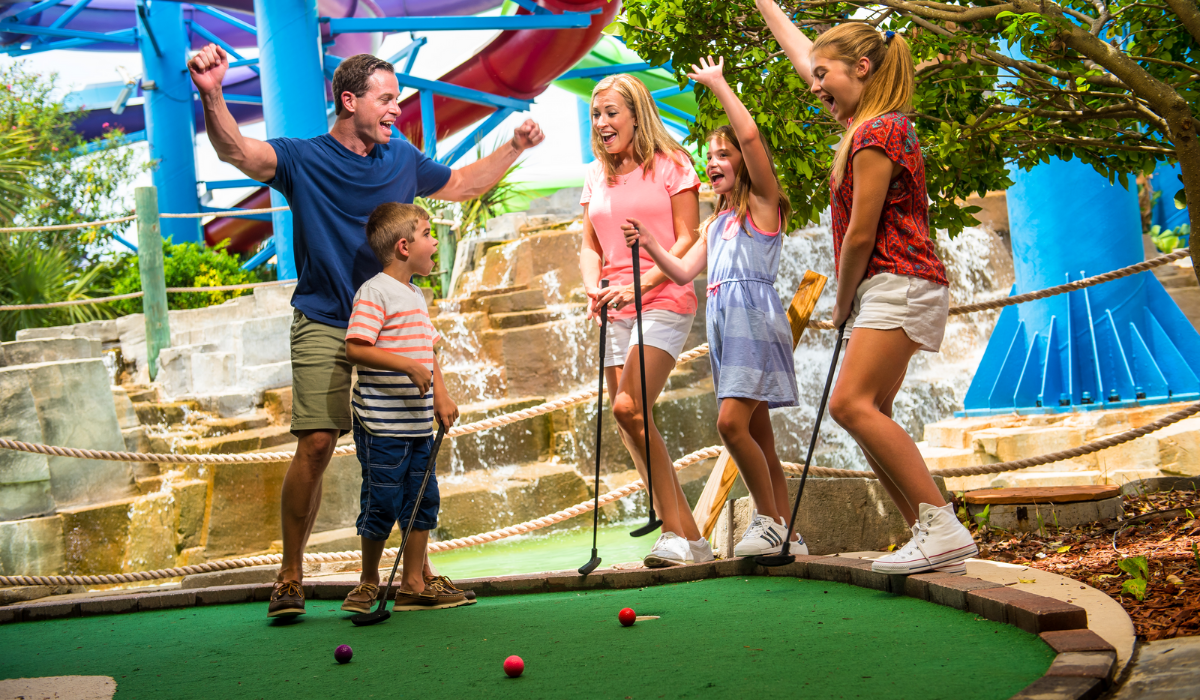
The biggest mistake some parents make is treating junior golf like a mini-version of adult competition. Strict rules, scorecards, and pressure to perform can drain the joy out of the game. Instead, the focus should be on fun and exploration. Let them whack balls at targets, chip marshmallows into buckets, or putt through homemade obstacle courses. Creativity is just as important as instruction in the early stages.
Research from the PGA of America suggests that retention in youth golf is significantly higher when children perceive the game as fun rather than instructional. Golf should feel like an adventure, not a lesson.

Children need the right tools for the job. Adult clubs cut down in size won’t do. Youth golf sets are designed to be lightweight with flexible shafts and larger clubfaces, making it easier for kids to get the ball airborne. Brands like U.S. Kids Golf and Callaway Junior offer high-quality starter sets tailored to different height ranges.
Using the right gear can prevent frustration and injury. Oversized adult clubs can be unwieldy, discouraging kids from developing proper swing mechanics.
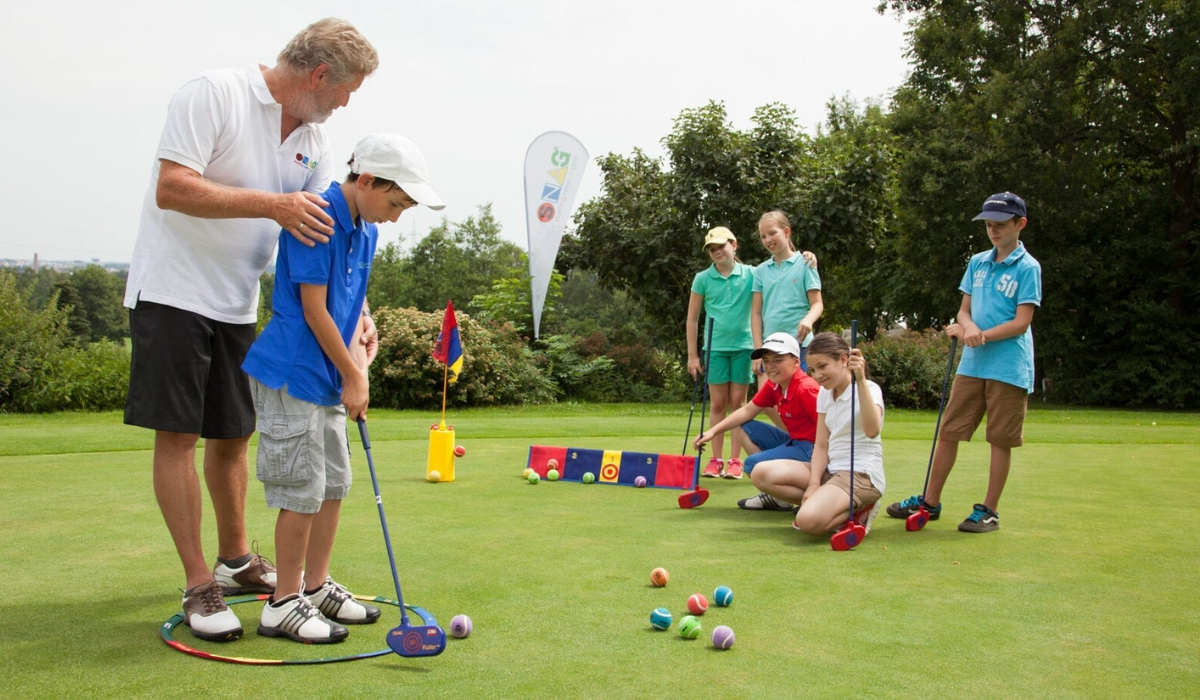
Full swings and drives are impressive, but putting and chipping often provide quicker wins and more satisfaction for young players. Starting on the practice green rather than the tee box helps kids build confidence. It’s easier to see results and score goals, like sinking a putt from six feet or landing a chip close to the hole.
Plus, it nurtures precision and patience — two traits that carry over to other sports and aspects of life.
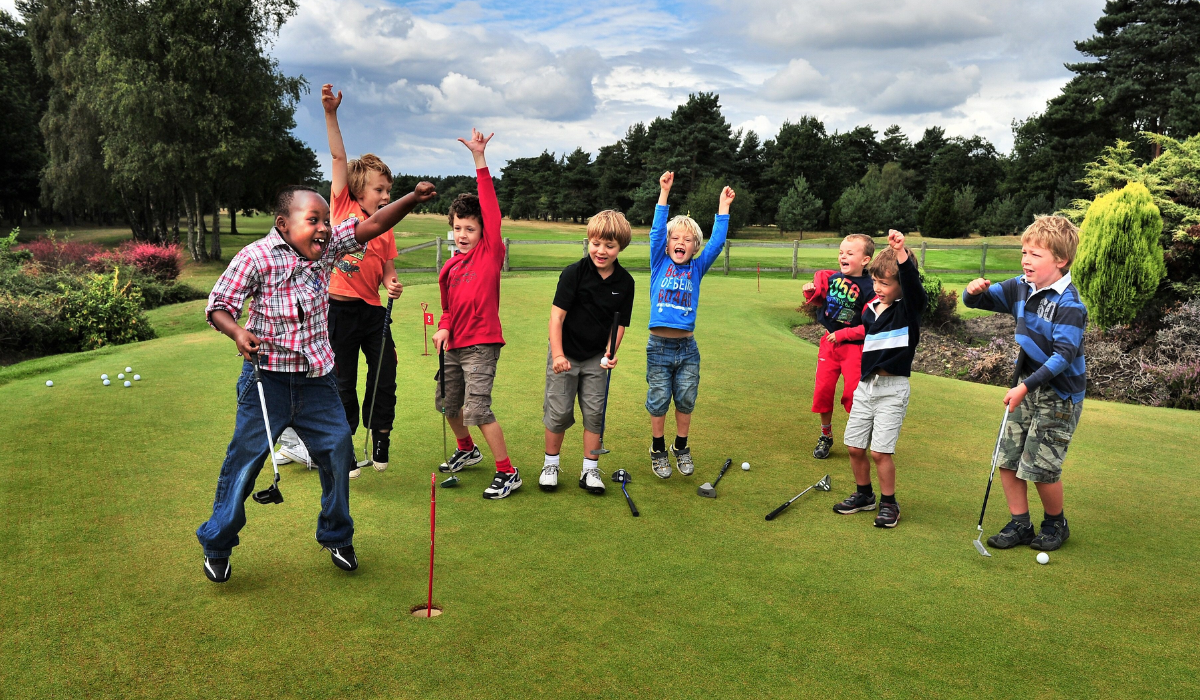
Golf is known as a game of integrity. Even young players learn to call penalties on themselves, respect their playing partners, and care for the course. When introducing kids to golf, take time to explain the unwritten rules: replacing divots, raking bunkers, and staying quiet when others are hitting. These habits build character and promote maturity.
Many parents are surprised to see how quickly golf helps kids develop a strong sense of personal responsibility and sportsmanship — qualities not always as visible in team sports.

Group lessons or junior golf camps are a great way to build both skill and community. Kids get to learn from professionals in a fun, structured environment while socialising with peers. Many golf courses and country clubs offer beginner programs that emphasise fun, teamwork, and gradual skill development.
One-on-one lessons can be useful, but only once a child shows deeper interest or struggles with specific areas. Over-coaching too early can stifle creativity and enthusiasm.
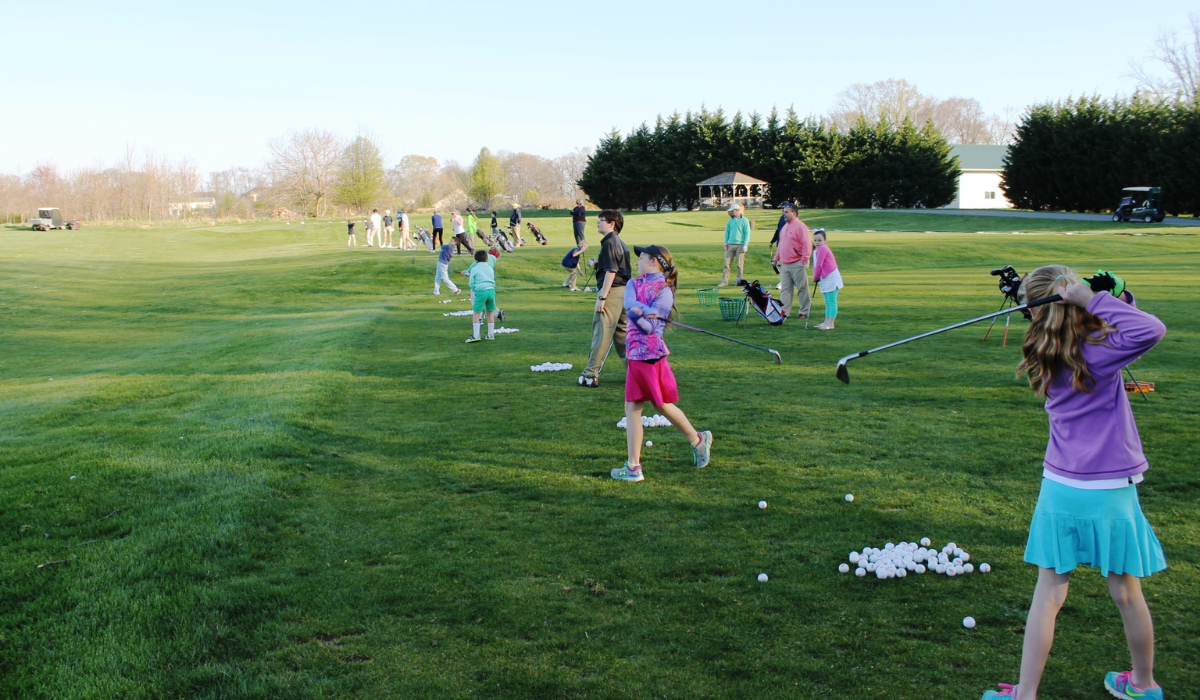
Kids are natural mimics. Taking them to watch a local tournament — or even just letting them walk a few holes while you play — can inspire curiosity. Watching the pros on TV can also spark interest, especially if you make it interactive by asking questions or explaining what’s happening.
But the real magic happens when you step back and let them take the lead. If they ask to hit a few balls or want to “teach” you something they learned in camp, let them. Ownership is a powerful motivator.
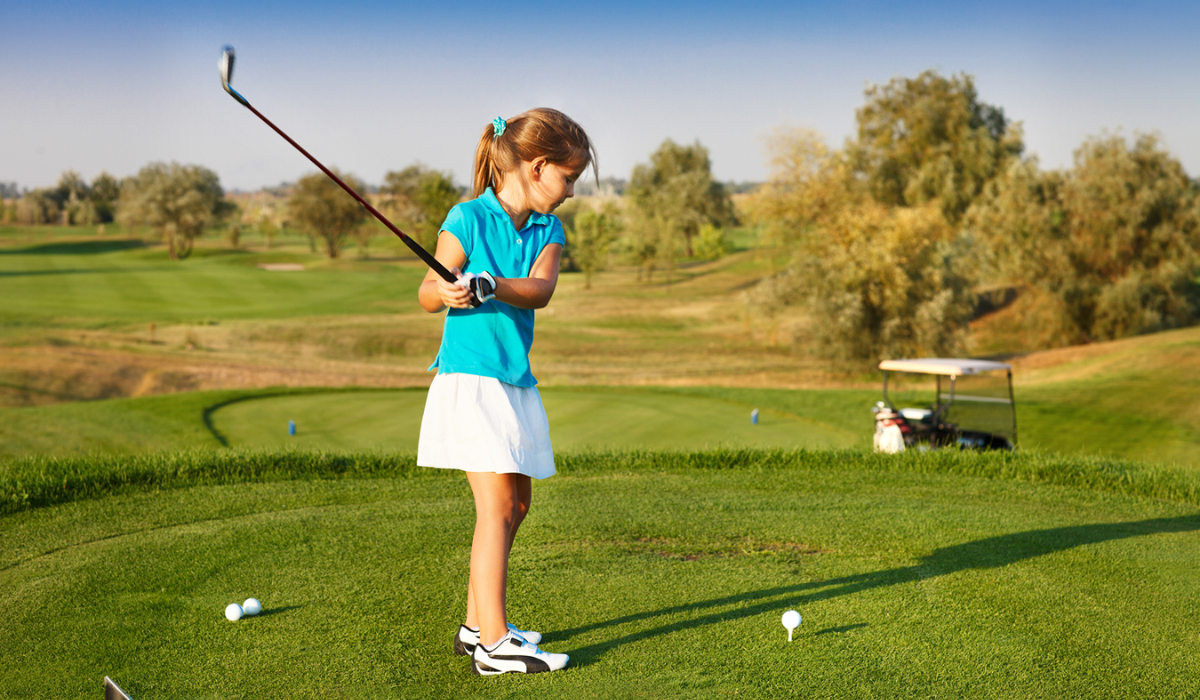
Kids need encouragement, not critique. Celebrate the little milestones: their first drive in the air, the first time they keep score, or when they remember to replace a divot without prompting. These wins matter. Golf is a game of failure as much as success, and kids need to feel supported even on tough days.
It’s also helpful to reward progress with small tokens — new golf balls, a fun hat, or a trip to their favourite mini-golf course.
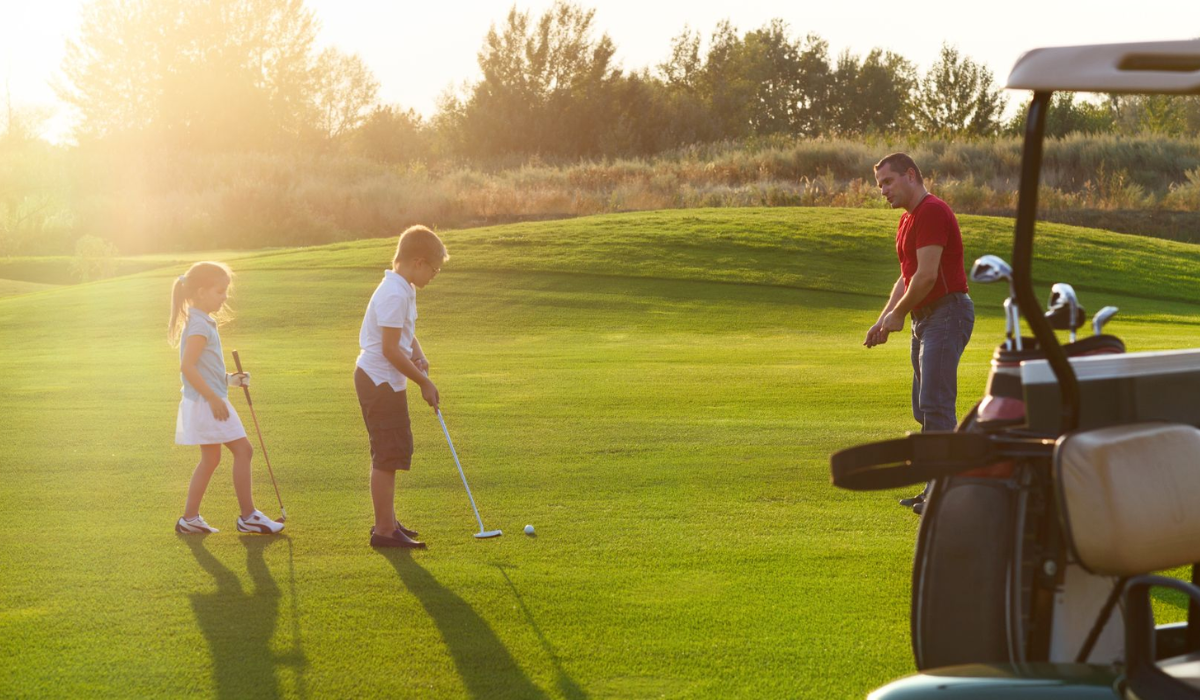
Introducing kids to golf is less about shaping champions and more about sharing a game they can enjoy for life. Whether they stick with it or move on, the lessons they learn — patience, respect, focus, and honesty — will serve them well forever. Let it be playful, let it be positive, and most importantly, let it be theirs.
After all, the best way to raise a golfer is not by pushing them onto the green, but by walking beside them, club in hand, heart open, and ready for whatever comes next.
Shop Golf Clubs, Clothes and Accessories for Kids at The Golf Store by All Square